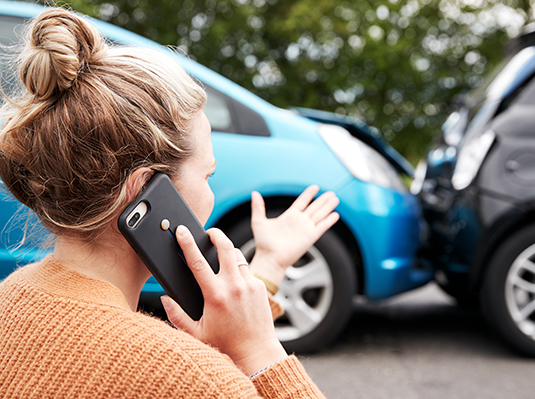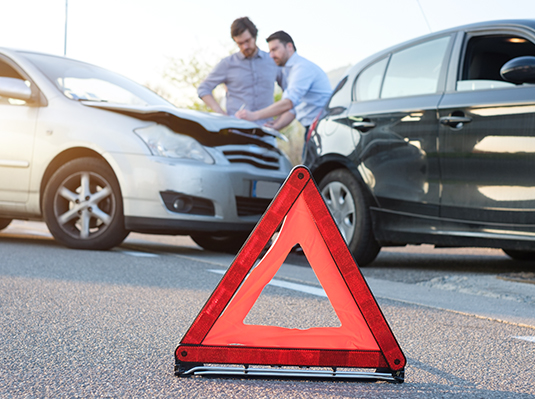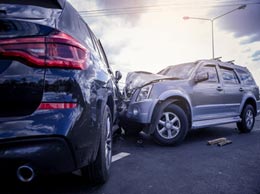
C – Check for injuries and call emergency services if people are hurt
The first step to take when involved in a car accident is checking for injuries. Make sure that you, your passengers, and anyone else involved in the accident are all safe and stable before anything else. If necessary, call emergency services for medical help or to report any damage caused by the accident. If your car is operational, you’ll want to move it out of the flow of traffic. After you have parked the car, remain in the vehicle with your seatbelt on while you call 911 and wait for first responders. stay inside until first responders arrive if possible. You don’t want to put yourself at further risk by standing on the side of a highway.
A - Answer questions from the responding police officer
No matter what state you are in, the first thing to do when there is an accident involving multiple drivers is to contact the police and have them come out to create an incident report. In many instances, there are factors on each side of the incident that could have prevented the accident. Because of this, there is usually some level of dispute about who was at fault in the accident. Having a police report will give an even playing field and a non-biased professional opinion on where the fault lies. After getting the police report and getting to safety, the next step is determining if you are in a no-fault or at-fault state:
- No-Fault States: No-fault states are less common. In these states, everyone is primarily responsible for their own property damage and injuries regardless of who is at fault in an accident. States include: FL, HI, KS, KY, MA, MI, MN, NJ, NY, ND, PA, UT
- At-Fault States: The rest of the states in the U.S. are at-fault states. This means that the responsibility of damages from an accident lies with the person who is determined to be at fault. If a driver causes an accident, they are responsible for paying for the injuries and property damage of the other driver and anyone involved.
R – Record all details from the scene
It is critical to document details from the scene of a car accident to adequately handle the aftermath. When the police arrive at the accident scene, it is important to fill out an accident report as thoroughly as possible because the police report generated from it will provide official documentation of the crash. This will include details like the date, time, location, position of cars, etc. You’ll want to ask the responding officer where you can obtain a copy of this report, and make sure to get their name and badge number for your records. Taking pictures with a cell phone of both vehicles involved will be crucial if you need to submit a claim to your insurance company; photographs act as valuable evidence. Some insurance companies have mobile apps that allow you to submit your claim and upload pictures/videos in real time.
S – Speak with witnesses and exchange all necessary information
Before everyone leaves the scene of the accident, make sure to collect and exchange the following information to ensure that can refer to it if it is determined to file a claim with insurance.
- Name and contact information of the driver(s) involved
- Insurance company and policy number
- Driver’s license and license plate number
- Type, color, and model of the vehicle involved
- Witness contact information
After you take these steps and if you decide to move forward with filing a claim, you’ll want to make sure that you are providing your assigned adjuster with all the documentation you have obtained and follow their instructions. We recommend keeping your adjuster’s contact information as well as your claim’s number in an easy-to-access place to reference.
Life is unpredictable and accidents happen. Whether it's a fender bender or something more serious, the aftermath of an accident can be jarring. But with a solid insurance policy, you can rest easy knowing that you're covered. It's crucial to safeguard your interests after an accident, and having a solid record of evidence and documents can be a game-changer if legal action comes your way. Stay prepared and stay protected!
The contents of this article are for informational purposes only. You should not act or refrain from acting based on this information without first consulting a Goosehead licensed agent at [email protected]. We disclaim all liability for actions taken or not taken by you based on the contents of this article which is provided "as is." Goosehead makes no representation that this content is error-free.

